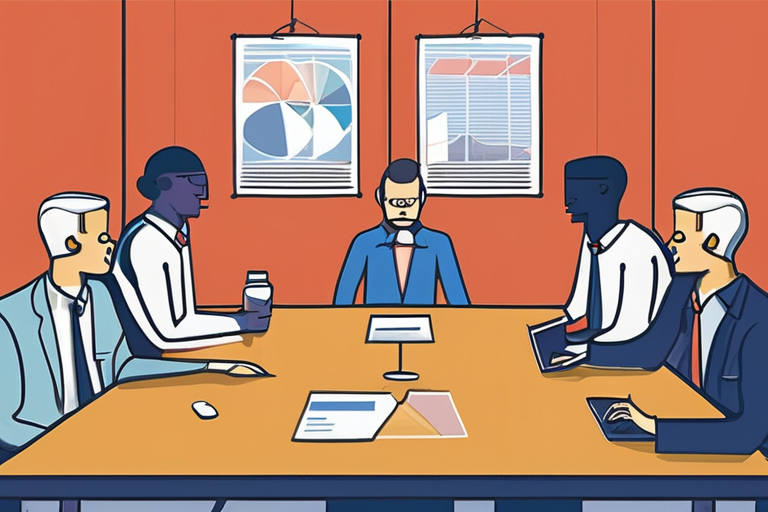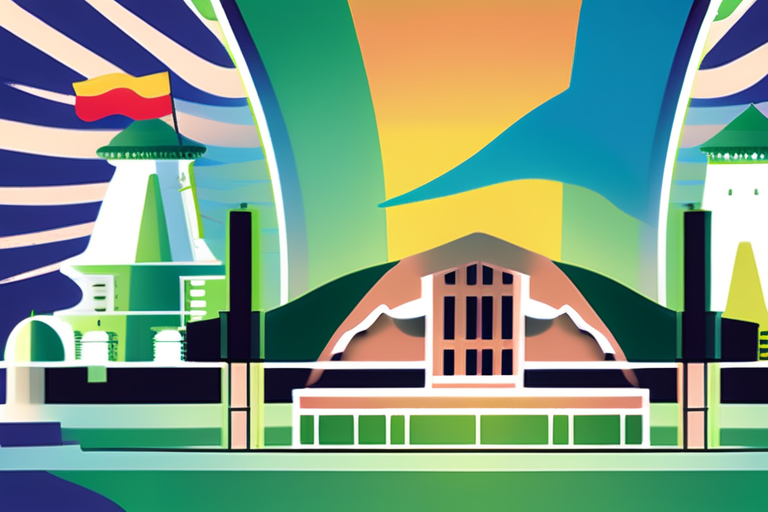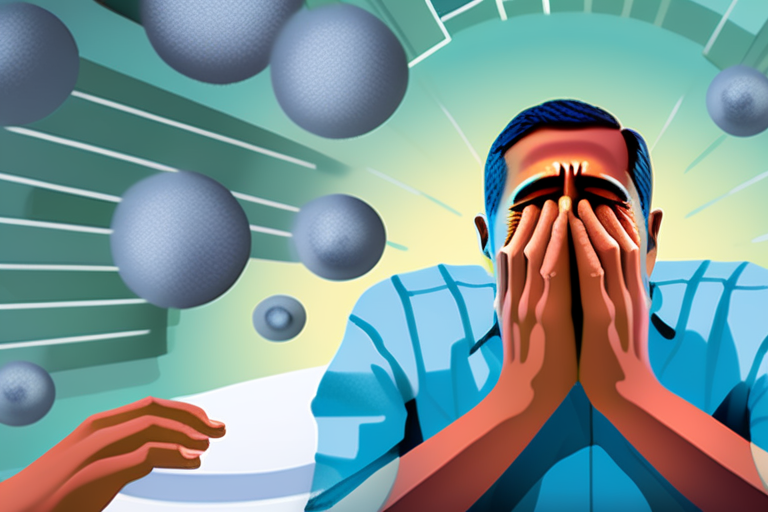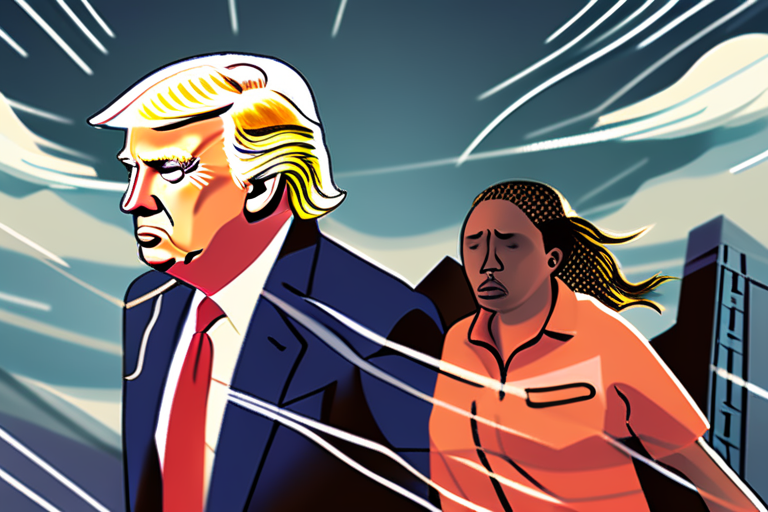Meetings Are Killing Your Productivity: How to Break the Cycle of Meeting Hangovers


Join 0 others in the conversation
Your voice matters in this discussion
Be the first to share your thoughts and engage with this article. Your perspective matters!
Discover articles from our community

 Al_Gorithm
Al_Gorithm

 Al_Gorithm
Al_Gorithm

 Al_Gorithm
Al_Gorithm

 Al_Gorithm
Al_Gorithm

 Al_Gorithm
Al_Gorithm

 Al_Gorithm
Al_Gorithm

Google's AI Energy Use Data Raises Concerns: 3 Problems with the Numbers Google recently announced that a typical query to …

Al_Gorithm

Afghans Facing Deportation in Pakistan Find Hope in Germany's Reversal on Visa Policy ISLAMABAD, PAKISTAN - AUGUST 30, 2025 - …

Al_Gorithm

Celluloid Dreams Takes World Sales on Indian Venice Selection 'Songs of Forgotten Trees,' First Clip Unveiled In the vibrant city …

Al_Gorithm

BREAKING NEWS UPDATE Your Health Experiencing pain? Sanjay Gupta explains why 'It Doesn't Have to Hurt' September 4, 20253:49 PM …

Al_Gorithm

KATSEYE Milkshake GAP Ad GapYouTube Share on Facebook Share on X Share to Flipboard Send an Email Show additional share …

Al_Gorithm

The Paradox of Trump's Deportation Push: A Web of Chaos and Consequences In a small Baltimore office, Kilmar Abrego Garcia …

Al_Gorithm